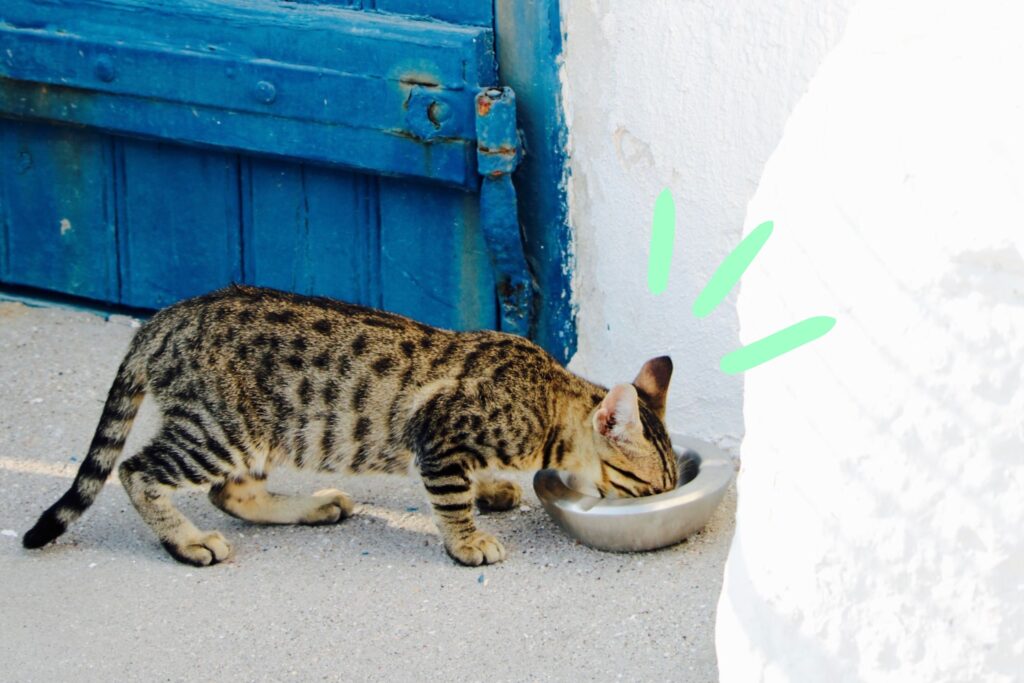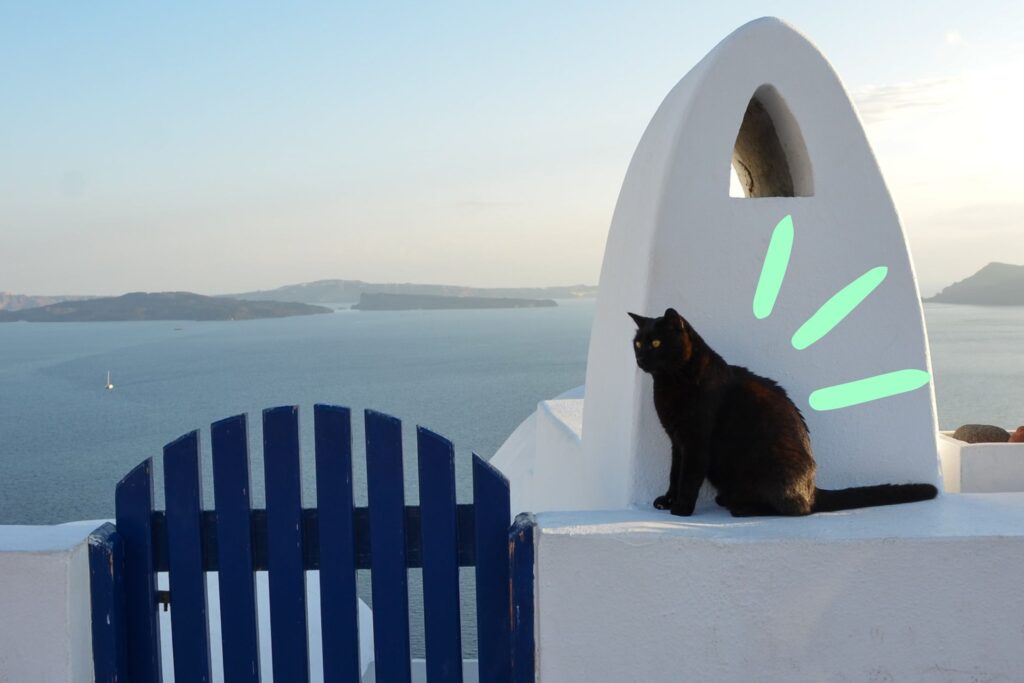As the rain pounds the windows relentlessly for a fifteenth consecutive day in a row, you might be forgiven for losing yourself in that soundtrack of pattering and longing for an escape somewhere less, erm, wet.
‘’But I’d miss Felix too much’’, you sigh, as reality jerks you back into the ever darkening room.
Consider this; ol’ Felix over there might be just as keen to leave the UK for pastures hot and sunny as you are.
But if you are going to up sticks and move abroad with your cat, it’s essential you’re aware of the impact of those changing conditions on your beloved furry friend. With that in mind, here’s how to ensure your cat’s safety in hotter climates.
Provide Plenty Of Water
One of the best ways you can keep your cat safe in hot weather is to ensure that they have plenty of fresh, clean drinking water available to them at all times. This might mean adding more water bowls around the house and topping them up regularly – as well as putting some outside if they’re keen to venture outdoors.
Be aware of the signs of dehydration in your cat, too. According to the Cornell University College of Veterinary Medicine, the chief signs are ‘’lethargy, weakness, poor appetite, dry mucous membranes, and, in more severe cases, eyes that are sunken into their sockets’’.

Keep Up A Good Grooming Schedule
Preparing for hot weather is just as important as what you do during it, and this broad statement is particularly pertinent when applied to pets.
Cats with longer fur should be groomed regularly. They will often naturally shed their winter coat in favour of cooler, shorter summer fur, but this can lead to hairballs that could be dangerous during a cat’s self-grooming routines.
Brushing your cat yourself to remove tangles, as well as having them professionally groomed, can reduce overheating and the risk of their self-grooming leading to hairballs.
Don’t Lock Them Out
For indoor cats, keeping their environment cool with fans or AC can be beneficial, but for cats who love to roam outdoors, this can be more tricky. Try to keep cats inside during the hotter parts of the day, and always make sure they can get back inside with ease if they do opt to go for a wander.
As temperatures rise, cats should be able to access your inside space as easily and conveniently as possible – so having a cat flap installed is essential during the warm weather of your new chosen country. You should also double-check outbuildings before closing doors and windows, too.

Read: 5 tips on how to pet-proof your home
Know The Signs Of Overheating
Sometimes, your cat may overheat – and knowing the signs can be the best way to stop them from becoming seriously ill. The signs of overheating in your furry friend aren’t always strictly the same as those of dehydration, so it’s important to be aware of the distinctions for the sake of your cat’s health.
When suffering from overheating, your cat may pant or drool, or seem to struggle to breathe – or they may simply seem restless and not like themselves. You might also notice that they are confused, or have a stomach upset, and in serious cases, they may even develop a fever, seem dizzy or suffer a seizure. Any of these signs can be serious, so it is important to seek the support of a vet as soon as possible.
Make Sure You Have The Right Insurance
If you do spot any of the signs of heatstroke or heat exhaustion in your cat, you don’t want to wait to take them to the vet. Ensuring that you have high-quality pet insurance when you’re abroad can represent an additional security blanket in an unfamiliar country, meaning that you will be able to access help from your vet without worry – and get your cat feeling better in no time.
And if that wasn’t enough to convince you, then check out these 6 reasons why getting pet insurance is essential in 2022. You won’t regret it!




